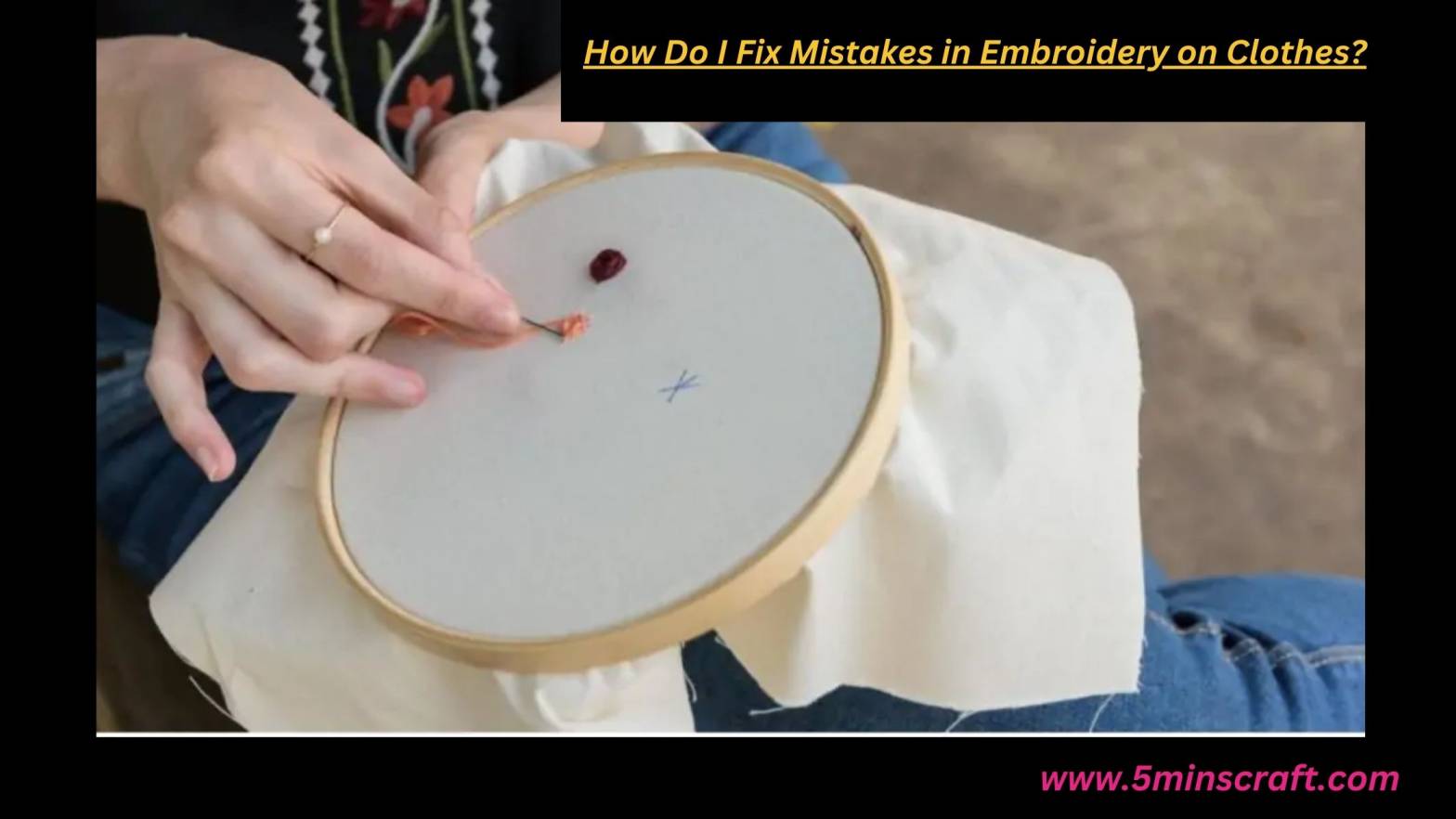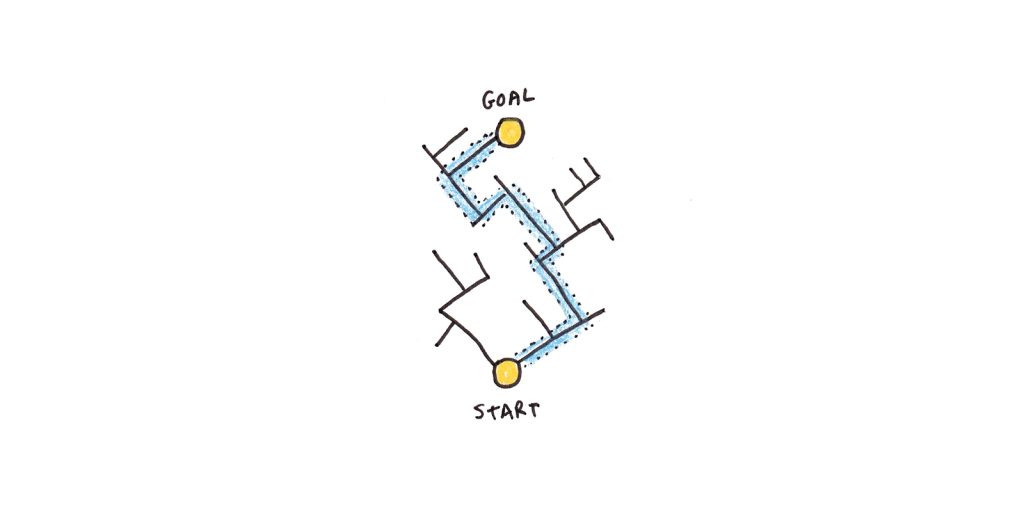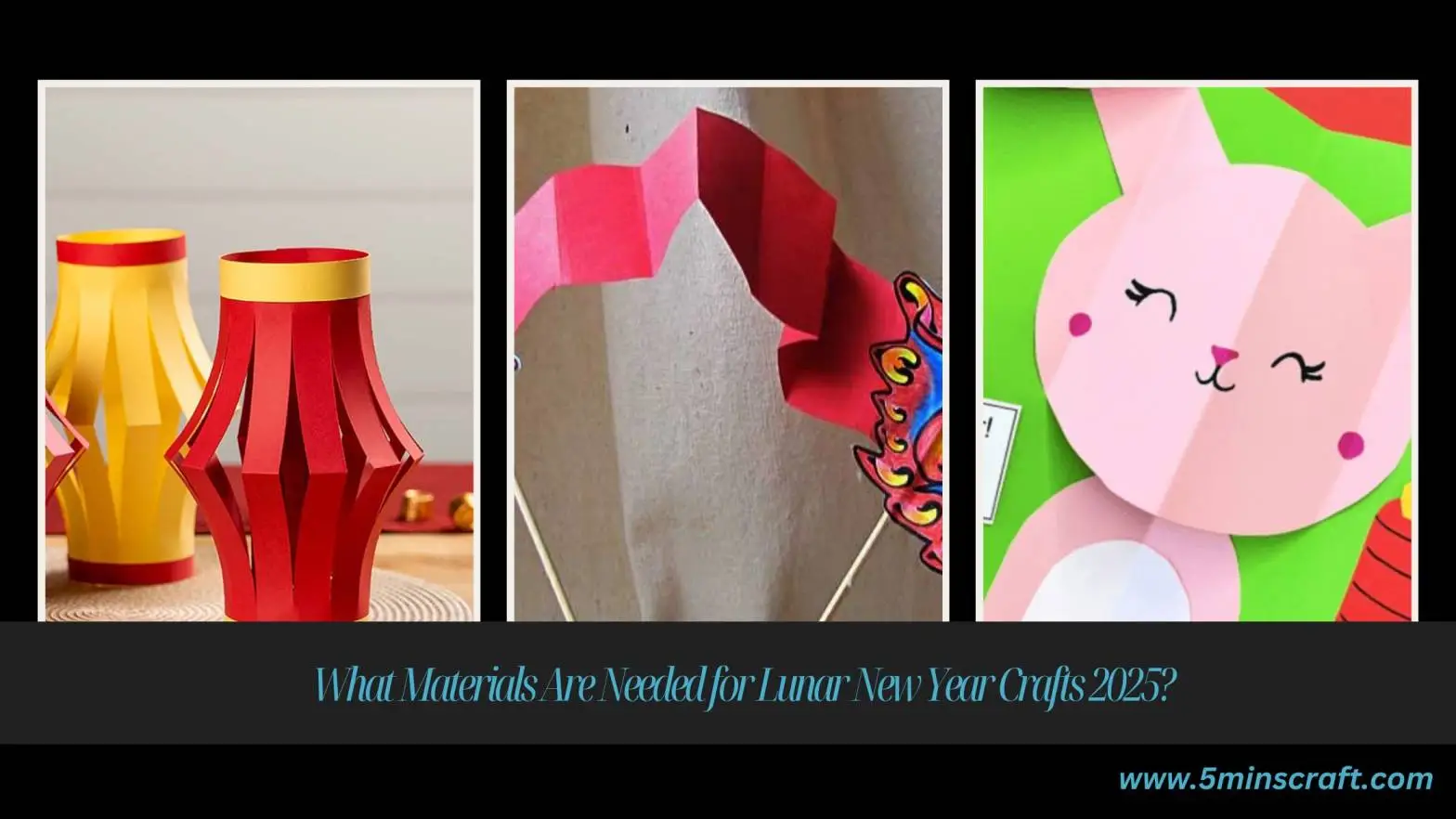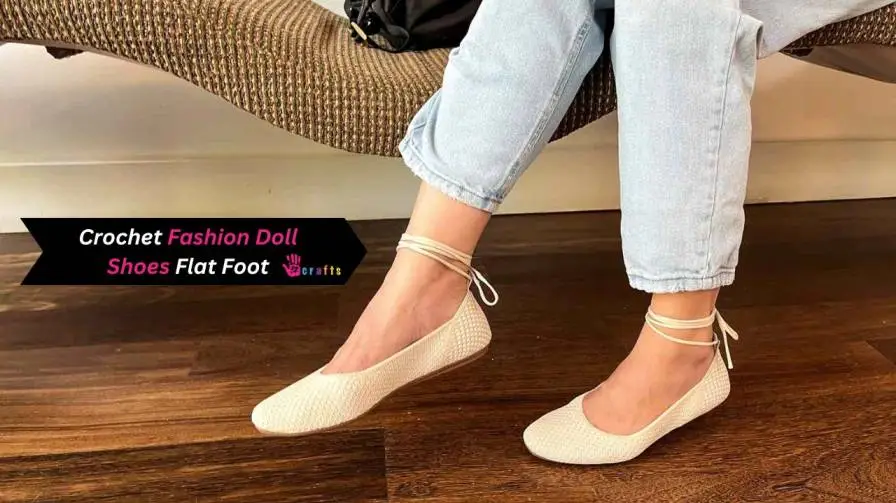Were you prepared to learn how to sew your clothing with backing embroidery on clothes? It's really quite easy, and it's a terrific way to personalize your closet and breathe new life into an old shirt or pair of slacks. I'll offer some pointers in this post to help you sew lovely patterns onto some of the clothes you love.
How to Embroider on Clothing by Hand?
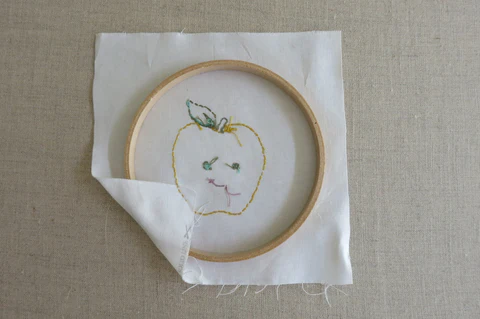
Read Also: Rayon Vs Polyester: A Comprehensive Fabric Guide 2024
Step 1: Select Your Clothes
Actually, you can try anything as long as you can get a needle through it. Here is a brief overview of some of the most popular garments that people engrave. It will be simpler for some causes of missing stitches on embroidery machine design.
Weaving — Ordinary, non-stretchy woven fabric is the most straightforward to embroider on. Consider a button-up blouse made of cotton or a similar material. Unless you're feeling very adventurous, start with only one layer of cloth if you're a newbie. You probably already use woven cloth for the majority of your embroidery on clothes.
Step 2: Prepare Your Clothes
Before doing any stitching, it's crucial to wash and dry your clothes. Before you add your adorable design, you want everything that will shrink in the washing to do so. If you don't, the cloth may pucker and your labor of love will not seem as stylish. While you're at it, press the cloth to remove any creases before sewing.
Step 3: Select a Pattern
The type of embroidery on clothes you are using is the next item you should think about while learning how to embroider on clothes. Select a pattern that avoids using anything very dimensional that may distort in the washing, such as a woven wheel flower. You can always change a pattern to fit additional clothes, of course. You should be alright if you stick to short, flat stitches. Just be careful to hand wash the garment each time if you want to utilize a more detailed stitch. For inspiration, be sure to go over all of my free hand embroidery designs.
Step 4 - Put Your Fabric in a Hoop
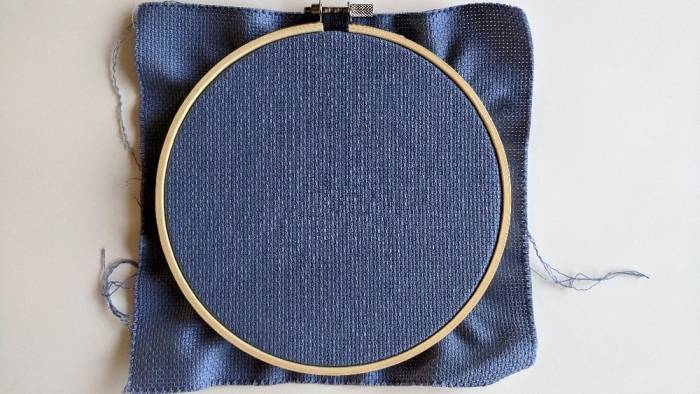
Stitching will always be easier if you use an embroidery hoop. Sometimes you won't be able to hoop the garment you're working on, but that's acceptable too. To prevent puckering, take additional care not to pull too hard on your thread. It's crucial to avoid stretching the cloth fibers out in the hand embroidery on clothes hoop while working with elastic fabric. To back your fabric, use a piece of stabilizer that is just a little bit larger than the hoop. Any stretching should be aided by that. In order to avoid "hoop burn," which is a crease left in the cloth where the hoop was, I also advise taking the hoop out in between stitching sessions.
Must Know: Step By Step DIY Denim Skirt From Jeans
Step 5 - Embroider Your Design
Keeping the back of garments as neat as possible is very crucial when stitching on it. This implies that you should avoid making big thread lines on the back of your work and, if at all possible, knotting. Check out my video, which demonstrates several ways to begin and end needlework without using knots. Watching my video on how to embroider words could also be helpful. The moving thread on the exterior of your piece may be concealed in a few different ways.
What is required to embroider clothing?
A needle and thread are required. One less concern is that the fabric is included with the outfit. Using a stabilizer of any kind may be beneficial, depending on the fabric and style of clothing.
Threads for clothing embroidery
Using the same materials as the garment itself is always what I advise. Clothes must be laundered on a regular basis, which is a major factor that does not apply to solely ornamental needlework projects.
A cotton shirt that has been embroidered with silk or wool can no longer be washed like a cotton shirt. If wool were washed in a washing machine like your other items, it would just feel and pull together the cotton fabric below.
Is an embroidery hoop required?
You don't always need an embroidery hoop to embroider clothing. An embroidery hoop is used to support the fabric's tension while it is being stitched. The threads draw the cloth together with every stitch. For this reason, using an embroidery hoop makes stitching on various textiles simpler.
An embroidery hoop is necessary to maintain the tension in thin and ordinary textiles. Denim and other firmer fabrics keep the thread tension well, making them easier to embroider without a hoop.
How may embroidered designs be transferred onto clothing?
How do you really get the design on the cloth now that we have the supplies and equipment figured out? Any transfer technique you would use for standard embroidery projects may be used here. I talked about a number of transfer techniques in this essay, which I strongly suggest if you want to understand more about topic. Here are my two favorite clothing ways, however it would take much too much space to speak about them all.
The following is a list of items that are need for clothing embroidery:
Select the garments you wish to have embroidered. Additionally, determine if it is elastic.
Invest in high-quality embroidery threads, like Anchor or DMC. If you want to embroider directly onto clothing, you'll need high-quality threads that won't fade or shrink in the washing machine.
Obtain a thin, long needle. Avoid using a thick top needle to make too many holes in the garment. Additionally, the length will make creating durable double-sided stitches easy.
The Proper Use of Embroidery Floss
Selecting embroidery thread that is colorfast—meaning the colors won't bleed—and composed of premium fibers is crucial. In this manner, the needlework will be able to resist frequent washings and the colors will remain vivid. Although there are many excellent brands to choose from, I like to use cotton DMC floss.
Designs & Patterns to Utilize
On garments, you may use almost any pattern or design you choose. To be sure the design will fit, simply measure the area you wish to embroider.
FAQs: What Materials Are Needed for Embroidery on Clothes
How To Cover Back Of Embroidery On Clothes?
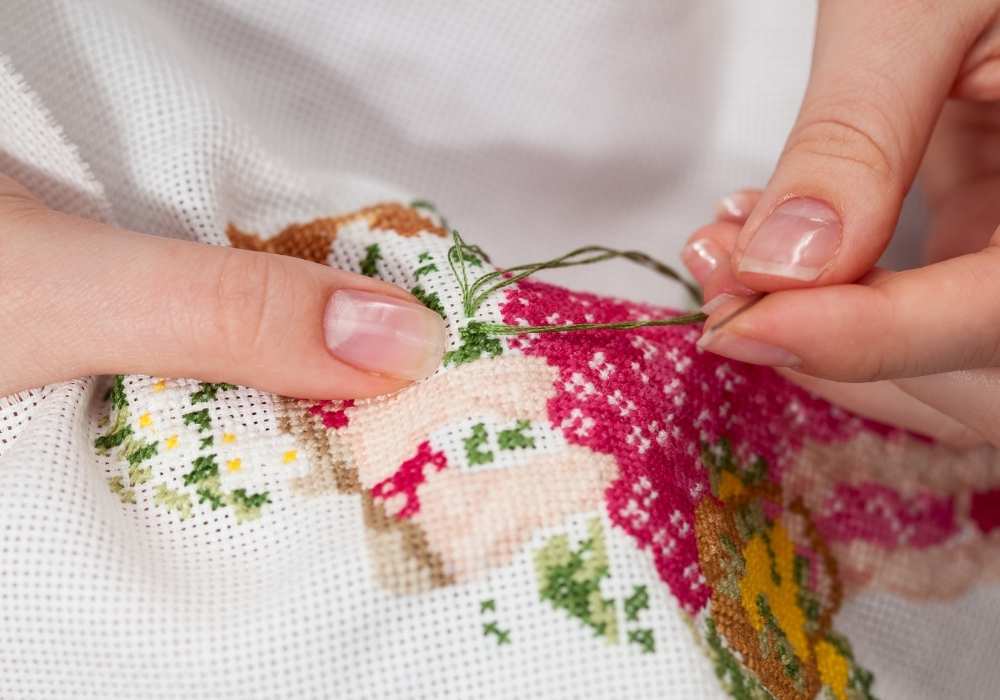
Step 1:. To see the bak of the completed needlework, turn the item of clothing inside out. and check out the Blanket Knitting Patterns.
Step 2: . Slice off a slice of safety. Make care to round the corners and wear clothing that is 1-2 cm bigger than the embroidery pattern.
Step 3: Insert the inlay piece.
How to seal embroidery on clothes?
Make a Cover-A-Stitch Thermoseal piece that is just a little bit bigger than the embroidered pattern. Cover-A-Stitch Thermoseal should be applied to the wrong side of the embroidered cloth with the adhesive side facing down. It has a somewhat shiny appearance while facing out on the roll. Use a heat press to seal.
How is embroidery done on clothes?
In essence, you print or sketch your image on the stabilizing sheet, cut it out as a patch, and adhere it to your clothes (aligning it with the desired placement). After that, you sew your pattern directly onto the stabilizing patch, and when you're done, you rinse the stabilizing agent off.
How to make embroidery stay on clothes?
Your clothing's stitches are subjected to a great deal of movement and friction, which might cause them to come loose if not fastened properly. Any loose threads may be knotted, or you can use an iron-on embroidery stabilizer and put it inside the garment. This lessens the friction that the stitching is subjected to.
What stabilizer for embroidery?
Although cut-away stabilizer may be applied to any fabric, it works especially well for embroidery on knits and flexible materials like jersey. The stabilizer has to be more sturdy the more elastic the cloth. The stitches are held in place and the needlework is kept from being distorted by a cut-away stabilizer.
How is completed embroidery applied to clothing?
This is yet another ingenious method of transferring your embroidered pattern onto cloth, although one that is permanent. On a sheet of printer paper, trace the pattern. Place the design face down on the right side of the fabric, following the pen's instructions, and iron the paper to transfer the design.
Is a stabilizer necessary for embroidery?
Stabilizer serves as the cornerstone of your needlework and is essential for maintaining the stability of your thread and fabric. If you don't use the right stabilizer, the fabric may distort, pucker, and the design registration may be inaccurate. Your stitch out may "make or break" depending on the stabilizer you use.
Which three techniques are used to put needlework patterns onto fabric?
There are several methods for transferring an embroidered design onto cloth. Carbon paper, water-soluble pens, iron-on pens, solvy pens, and friction pens are a few popular transfer methods. Depending on the cloth and design, you will decide how to transfer your pattern.
What distinguishes interfacing from stabilizer in embroidery?
In order to give materials body for collars, pockets, and other items, interfacing is utilized. In order to sustain thick stitching, like that found in satin stitch appliqué or embroidery, stabilizer is utilized.
Which are the two primary categories of interfaces?
There are two primary types of interfaces: sew-in and fusible (iron-on). three distinct weaves: knit, woven, and non-woven. Additionally, there are three distinct weights: light, medium, and heavy. Because fusible interfacing includes an adhesive on one side that, when ironed, forms a lasting contact with the fabric, it is the most user-friendly type.

